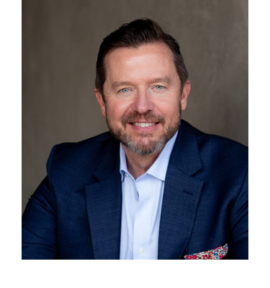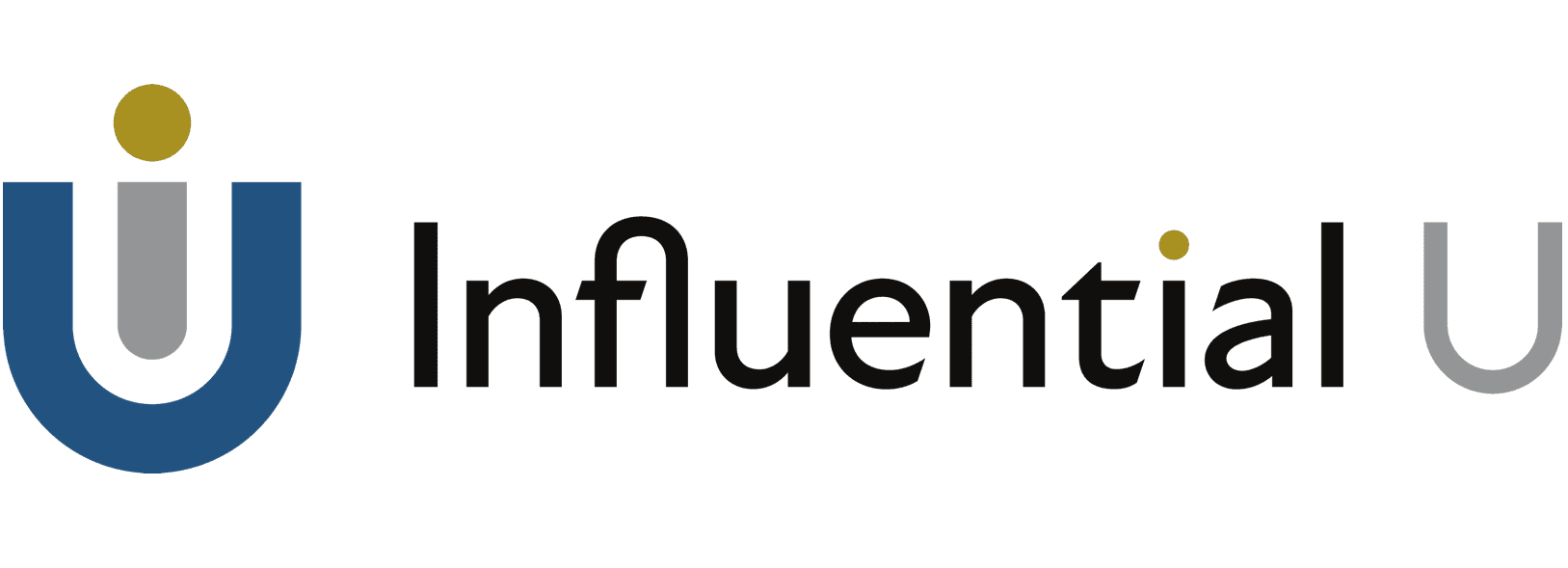A record number of employees have or plan to quit. Already hobbled by the pandemic, businesses are now looking for new ways to balance investment in talent attraction, professional development, and finding tools to increase productivity. With more people reconsidering their careers, many companies will have to reinvent productivity amid a rapidly evolving society and culture.
In almost every industry, human capital is a hot topic. On the McKinsey CEO Agenda in 2022, it is top of the list. The talent pool will continue to shrink as more and more workers seek the flexibility, freedom, and work-life balance they tasted during the pandemic—and with the hyper-niche reach of the internet, many are starting (and funding) unique new ventures. What are the steps to develop the work environment to pace human transactions with the speed of evolving new technologies and markets?
How do companies sustain or increase productivity with a shrinking talent pool?
Remove friction
When I lived in downtown Chicago, I took a taxi everywhere. It was how I got around, and there were few options. I tolerated the dirty cars, rude drivers, and questionable routes. Worse, it was common for drivers to insist I pay with cash, sometimes fighting with me as I needed to pay by credit card. Then came Uber. Same service, yet all the friction was gone. I got out of the car on my first ride to the airport, fare already paid. I swore I’d never take a taxi again.
To engage in any transaction is to experience some friction. Why is my order taking so long? Why can’t I find what I need on the website? Why are there so many wasteful meetings? Much of this we grumble about while consenting; we merely accept this as “the way things are.” However, removing friction needs to be top of the list. If you want a taste of how transformational this can be, watch The Founder, the story of the birth and growth of the McDonald’s franchise. In it, you’ll see the shock first experienced by Ray Kroc as he is handed his order mere moments after placing it—friction gone!
McDonald’s and Uber transformed their industries by looking for friction points and removing them. The most challenging work you’ll ever do is make something insanely simple by doing the complex work on the strategies, systems, and technology that remove the friction and cost you time, energy, and customers. In addition, both McDonald’s and Uber tapped into resources they didn’t own. These friction-removing innovations share one common ingredient: they convert scarce resources into abundant ones, the primary resource being time. However, any resource is only a transaction away. McDonald’s focused on its real customers, the franchise owner. Uber utilized the sharing economy to tap into unused cars and people looking for some extra cash.
Remove dysfunction
In most meetings across the globe, a prominent wasteful dysfunction transpires. Get a group of people together, and a familiar pattern begins: One or more are tapping their fingers, wanting to DO something. A few offer innovative ideas that others quickly shoot down, demanding the evidence for it to work. All the while, some merely want to connect and relate. From a small start-up to the United Nations, we can’t seem to get things done. Why? First, we have way too many meetings and second, they are terribly inefficient.
In the absence of clearly defined roles, distinct accountabilities, and the trust required to remove the friction, we meet. However, quantity does not mean quality. Meetings are on the rise due to a shift in work culture, as today’s companies are less hierarchical and more self-directed. Employees’ voices are being heard, and meetings are often the gateway to those ideas.
We need to meet, but we’re not good at it.
We are often oblivious to our role in poorly organized interactions. We help in the only way we know; we offer what we know, know to do, or do—which if misplaced, produces its own cost. Imagine a meeting where, rather than ego, charisma, or complaint running the show, we could merely ascertain where we are in the transaction at hand and address what is needed to move it along. In the companies where transactional behavior is the framework shaping the action, things are faster, and there is less friction and little dysfunction. Products get released to market faster. Initiatives get launched with ease.
Harness value
Marika works in a $20B technology company. Although an engineer, her personality is geared toward relationships and the stories which produce buy-in from other people. Working amongst a majority of analytical or visionary engineers, her value got lost—but worse, the team didn’t know what an MVP she was. In fact, when we began working together, she struggled to be heard or be utilized for the value she provides. Once the entire team understood transactional behavior, they first recognized how they were looping (next paragraph) and began to honor the value of the players on the team in new ways. In fact, for Marika, the continuous bottleneck in team productivity was the absence of the very thing she provides—narrative. In business, the best story wins and she excels at it.
Each of us carries untapped value, and most meeting environments aren’t structured to harness the best ideas, compelling narratives, systemic structures, or persuasive evidence abundant in any meeting across the globe. We just don’t know the framework to structure our meetings, systems, or organizations in ways that harness value.
Stop looping
I’m an idea guy with a terrible habit. I come up with an idea and immediately get into action. I want to make that idea a reality, fast. But my stream of new ideas creates “fires” that my team has to extinguish. I’m like an ambitious arsonist. To “move fast and break things” hasn’t just become just Mark Zuckerberg’s motto but also the motto of Silicon Valley. If you’re a true Inventor Personality, you’re thinking, yes, but so what? In the end, I’ll be rich, influential, have started something that mattered, and built a global enterprise that leaves a legacy to be studied for decades. While true, like Zuckerberg, you may also find yourself in a wildfire built of your naïvete, legacy in tatters.
A successful transaction is a cycle with four main structures, (1) we invent something, (2) invite someone to consider it, (3) fulfill the objective, and (4) assess the value of the transaction and then the cycle continues. Looping is an abridged interpretation (skipping, dismissing, or blindness to a step), and is the root of all our problems. As an idea guy, I love to invent something (1) but have a habit or tendency to skip (2) getting buy-in and (4) assessing value. I’m better when immersed amongst other personalities who specialize in the roles and accountabilities that support my shortcomings.
When we use a transaction cycle as a meeting framework, we replace the dysfunction with a roadmap.
Looping isn’t just a personal phenomenon. We all know the experience of yo-yo diets or feast and famine sales. But companies and teams have no framework for productivity other than inherited command-and-control structures bottle-necked by political allegiances and alliances. The transaction cycle is a universal framework that removes wasteful dysfunction and scales.
Transactions as Frameworks
When a transaction cycle is a framework for teams, we can ask, “where are we in this transaction” and, therefore, “who’s leading.” Like passing the baton in a relay, transactional frameworks for meetings allow valuable players to be utilized as needed, remove the friction, and obliterate dysfunction. This approach lets a team or company:
- Coordinate action; meetings and projects go faster, easier, and smoother
- Build a cohesive framework for collaboration that can scale
- Cash in on the asset (and mitigate the cost) of each individual’s Personality and Transactional Behavior
- Accelerate initiatives; speed up the time to complete actions, projects, and product or service launches
- Produce large-scale buy-in and compliance for enterprise initiatives
We can do more with less—a lot more. A transaction cycle as a framework for teams not only produces more productivity for the company, but each personality can experience fulfillment and satisfaction in their jobs.
Marika and her team helped reduce a product launch from 18 months to 5. It saved the company millions on expenses and billions in lost revenue had the missed the market as the product leader. They didn’t.

AUTHOR
John Patterson
Co-founder and CEO
INFLUENTIAL U
John Patterson co-founded and manages the faculty and consultants of Influential U global. Since 1987, he has led workshops, programs, and conferences for over 100k people in diverse professions, industries, and cultures. His history includes corporate curriculum design focusing on business ecosystems, influence, leadership, and high-performance training and development.



